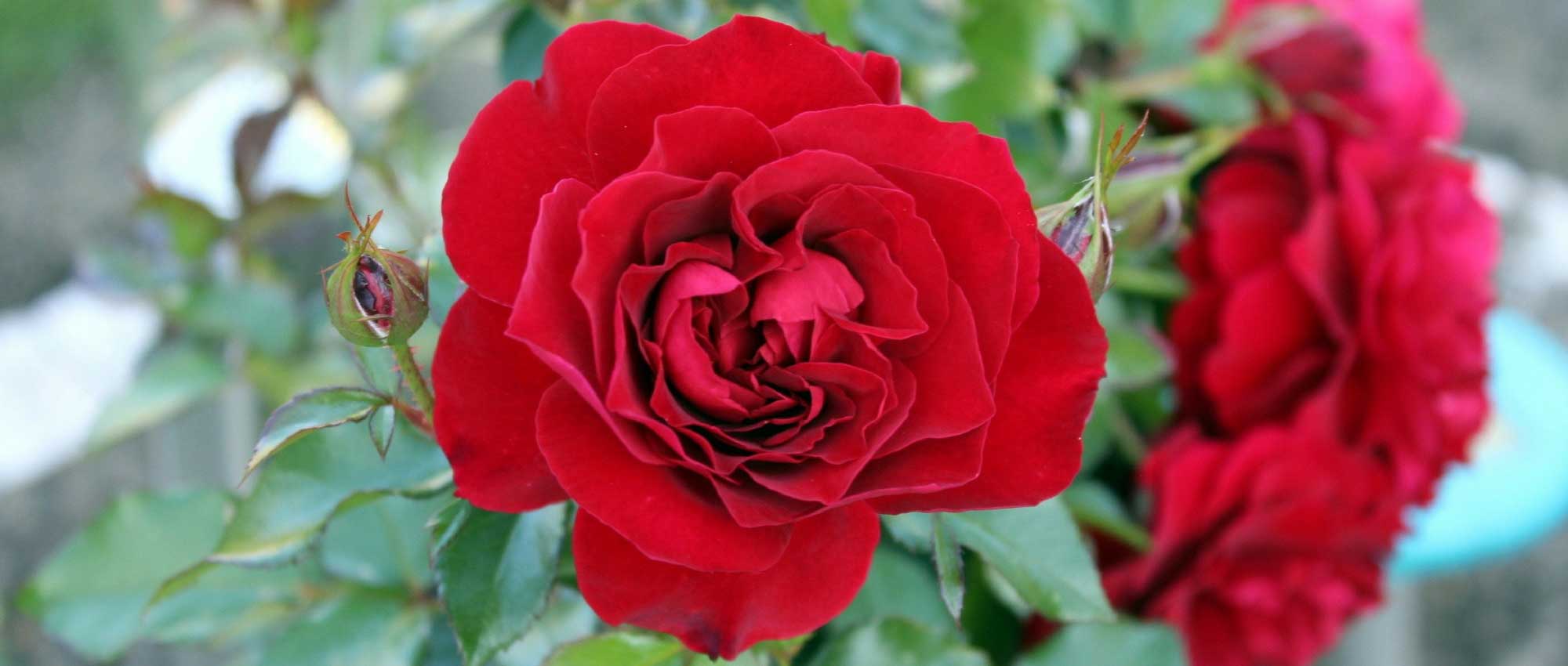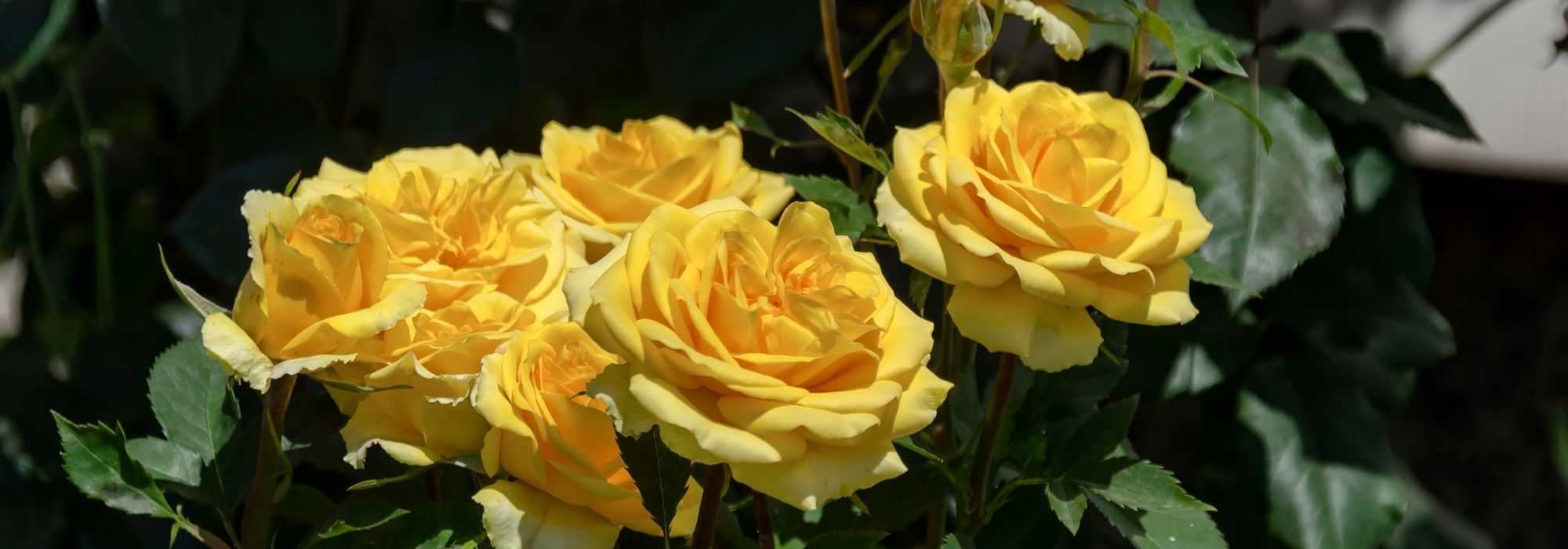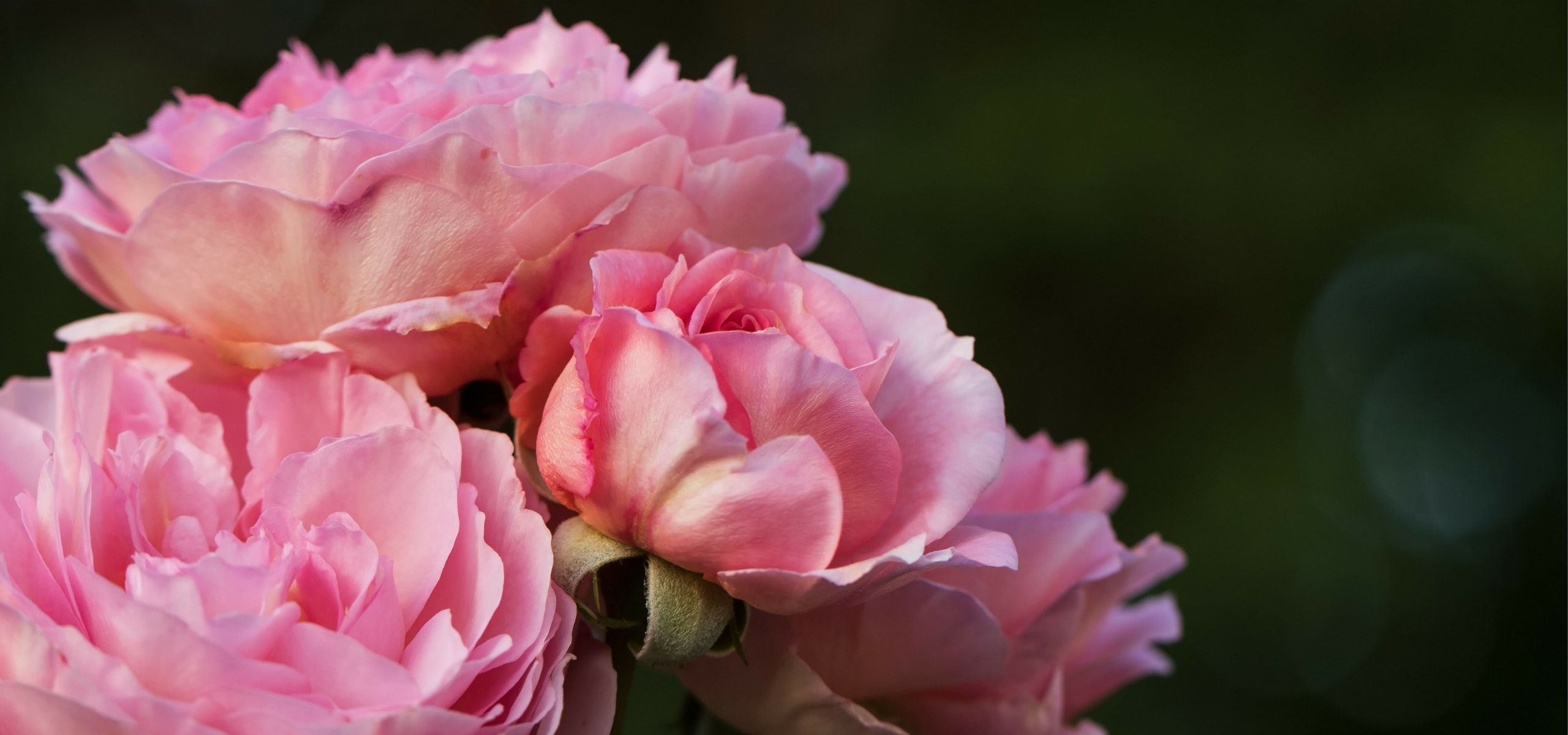

Rosa Casanova - Hybrid Tea rose
Rosa Casanova - Hybrid Tea rose
Rosa Casanova
Hybrid Tea rose
Special offer!
Receive a €20 voucher for any order over €90 (excluding delivery costs, credit notes, and plastic-free options)!
1- Add your favorite plants to your cart.
2- Once you have reached €90, confirm your order (you can even choose the delivery date!).
3- As soon as your order is shipped, you will receive an email containing your voucher code, valid for 3 months (90 days).
Your voucher is unique and can only be used once, for any order with a minimum value of €20, excluding delivery costs.
Can be combined with other current offers, non-divisible and non-refundable.
We guarantee the quality of our plants for a full growing cycle, and will replace at our expense any plant that fails to recover under normal climatic and planting conditions.
Description
The Large-flowered Rose 'Casanova' is an ode to the charm of the famous seducer. Its large, beautifully formed flowers are a pale yellow shaded with straw and chamois, and lightly scented. This hybrid tea captivates with its graceful silhouette, dark green foliage and almost thorn-free stems. Being perpetual, it flowers in waves throughout the season and offers splendid roses for cutting.
'Casanova' is a modern hybrid tea, a category of roses prized for their large flowers borne on long stems and their perpetual flowering. It is the result of cross-breeding between 'Queen Elizabeth' (Lammerts, before 1951) and 'Perfecta' (Kordes, 1957), two excellent varieties renowned for their beauty and vigour. Selected in 1957, it was introduced in the UK by Fisons Horticulture Ltd. and in Australia by Langbecker in 1967.
This is a shrub rose with an upright habit, reaching approximately 1.30 m in height. Its nearly thornless stems make pruning and handling the flowers easier. Its dense, elegant, dark green foliage highlights the brilliance of its roses. The flowers are large and full, spiralled, composed of 26 to 40 petals, and their diameter can reach 15 cm. Their pale yellow colour evolves, shifting from straw yellow to chrome yellow before taking on delicate chamois highlights. Their centre, shaped like a pointed cone, is typical of hybrid teas. Their scent is moderate, subtly musky, but present. This rose is perpetual; it first flowers in May-June, then in successive waves throughout the summer. The autumn flowering is generous.
With its large, luminous flowers, Rosa Casanova brings a warm elegance to the garden. Of good vigour, it integrates easily into shrub borders. This variety pairs wonderfully with the Rose 'Lichfield Angel', with its white roses tinged with apricot in bud, which open into delicate cups. Alongside it, the sumptuous 'Lady of Shalott', with its orange flowers tinted with copper, creates a warm and luminous composition. To lighten the whole and add movement, opt for the lavender-blue spikes of Agastache 'Blue Fortune'. For a border, plant Lady's Mantle (Alchemilla mollis), which unfurls its velvety foliage and clouds of yellow-green flowers. Together, these plants create a scene where the colours intertwine in perfect harmony. Its cut flowers hold up well and are perfect for bouquets.
Plant habit
Flowering
Foliage
Botanical data
Rosa
Casanova
Rosaceae
Hybrid Tea rose
Rosa Casanova
Cultivar or hybrid
Planting and care
Plant your Rosa 'Casanova' in a sunny position (or in light shade in hot, dry climates). Modern roses are tolerant, but do not appreciate poor soils. They will adapt to any garden provided the ground is well worked, not too heavy and sufficiently rich. When planting your rose, work your soil by breaking it up well and placing fertiliser such as dried blood or dehydrated horn at the bottom of the planting hole. Water copiously after planting to eliminate air pockets. Water regularly for a few weeks to facilitate rooting.
Pruning modern perpetual roses is essential for flowering. It is carried out in three stages:
1. Maintenance pruning: regularly during the season, shorten the branches that have flowered. To encourage the perpetual flowering of roses, remove the faded flowers along with their stem and 2 or 3 leaves.
2. Preparatory pruning in autumn: a light prune, which anticipates the true spring pruning.
In regions with cold winters, it is not recommended as it may weaken the bush.
3. Spring pruning: in February-March, when the buds have become shoots 2 to 3 cm long, prune the strong young branches to a quarter of their length.
Pruning always aims to open up the heart of the bush and remove dead wood, diseased branches and weak shoots. The most vigorous ones are kept, usually 3 to 6 well-positioned branches to maintain a beautiful shape. Always cut at a slant ½ cm or 1 cm above an outward-facing bud.
Roses are often spotted or unsightly by the end of summer, but this is not a problem for their development. These spots are not dangerous for the rose, it is a natural phenomenon.
Planting period
Intended location
Care
Planting & care advice
This item has not been reviewed yet - be the first to leave a review about it.
Haven't found what you were looking for?
Hardiness is the lowest winter temperature a plant can endure without suffering serious damage or even dying. However, hardiness is affected by location (a sheltered area, such as a patio), protection (winter cover) and soil type (hardiness is improved by well-drained soil).

Photo Sharing Terms & Conditions
In order to encourage gardeners to interact and share their experiences, Promesse de fleurs offers various media enabling content to be uploaded onto its Site - in particular via the ‘Photo sharing’ module.
The User agrees to refrain from:
- Posting any content that is illegal, prejudicial, insulting, racist, inciteful to hatred, revisionist, contrary to public decency, that infringes on privacy or on the privacy rights of third parties, in particular the publicity rights of persons and goods, intellectual property rights, or the right to privacy.
- Submitting content on behalf of a third party;
- Impersonate the identity of a third party and/or publish any personal information about a third party;
In general, the User undertakes to refrain from any unethical behaviour.
All Content (in particular text, comments, files, images, photos, videos, creative works, etc.), which may be subject to property or intellectual property rights, image or other private rights, shall remain the property of the User, subject to the limited rights granted by the terms of the licence granted by Promesse de fleurs as stated below. Users are at liberty to publish or not to publish such Content on the Site, notably via the ‘Photo Sharing’ facility, and accept that this Content shall be made public and freely accessible, notably on the Internet.
Users further acknowledge, undertake to have ,and guarantee that they hold all necessary rights and permissions to publish such material on the Site, in particular with regard to the legislation in force pertaining to any privacy, property, intellectual property, image, or contractual rights, or rights of any other nature. By publishing such Content on the Site, Users acknowledge accepting full liability as publishers of the Content within the meaning of the law, and grant Promesse de fleurs, free of charge, an inclusive, worldwide licence for the said Content for the entire duration of its publication, including all reproduction, representation, up/downloading, displaying, performing, transmission, and storage rights.
Users also grant permission for their name to be linked to the Content and accept that this link may not always be made available.
By engaging in posting material, Users consent to their Content becoming automatically accessible on the Internet, in particular on other sites and/or blogs and/or web pages of the Promesse de fleurs site, including in particular social pages and the Promesse de fleurs catalogue.
Users may secure the removal of entrusted content free of charge by issuing a simple request via our contact form.
The flowering period indicated on our website applies to countries and regions located in USDA zone 8 (France, the United Kingdom, Ireland, the Netherlands, etc.)
It will vary according to where you live:
- In zones 9 to 10 (Italy, Spain, Greece, etc.), flowering will occur about 2 to 4 weeks earlier.
- In zones 6 to 7 (Germany, Poland, Slovenia, and lower mountainous regions), flowering will be delayed by 2 to 3 weeks.
- In zone 5 (Central Europe, Scandinavia), blooming will be delayed by 3 to 5 weeks.
In temperate climates, pruning of spring-flowering shrubs (forsythia, spireas, etc.) should be done just after flowering.
Pruning of summer-flowering shrubs (Indian Lilac, Perovskia, etc.) can be done in winter or spring.
In cold regions as well as with frost-sensitive plants, avoid pruning too early when severe frosts may still occur.
The planting period indicated on our website applies to countries and regions located in USDA zone 8 (France, United Kingdom, Ireland, Netherlands).
It will vary according to where you live:
- In Mediterranean zones (Marseille, Madrid, Milan, etc.), autumn and winter are the best planting periods.
- In continental zones (Strasbourg, Munich, Vienna, etc.), delay planting by 2 to 3 weeks in spring and bring it forward by 2 to 4 weeks in autumn.
- In mountainous regions (the Alps, Pyrenees, Carpathians, etc.), it is best to plant in late spring (May-June) or late summer (August-September).
The harvesting period indicated on our website applies to countries and regions in USDA zone 8 (France, England, Ireland, the Netherlands).
In colder areas (Scandinavia, Poland, Austria...) fruit and vegetable harvests are likely to be delayed by 3-4 weeks.
In warmer areas (Italy, Spain, Greece, etc.), harvesting will probably take place earlier, depending on weather conditions.
The sowing periods indicated on our website apply to countries and regions within USDA Zone 8 (France, UK, Ireland, Netherlands).
In colder areas (Scandinavia, Poland, Austria...), delay any outdoor sowing by 3-4 weeks, or sow under glass.
In warmer climes (Italy, Spain, Greece, etc.), bring outdoor sowing forward by a few weeks.








































